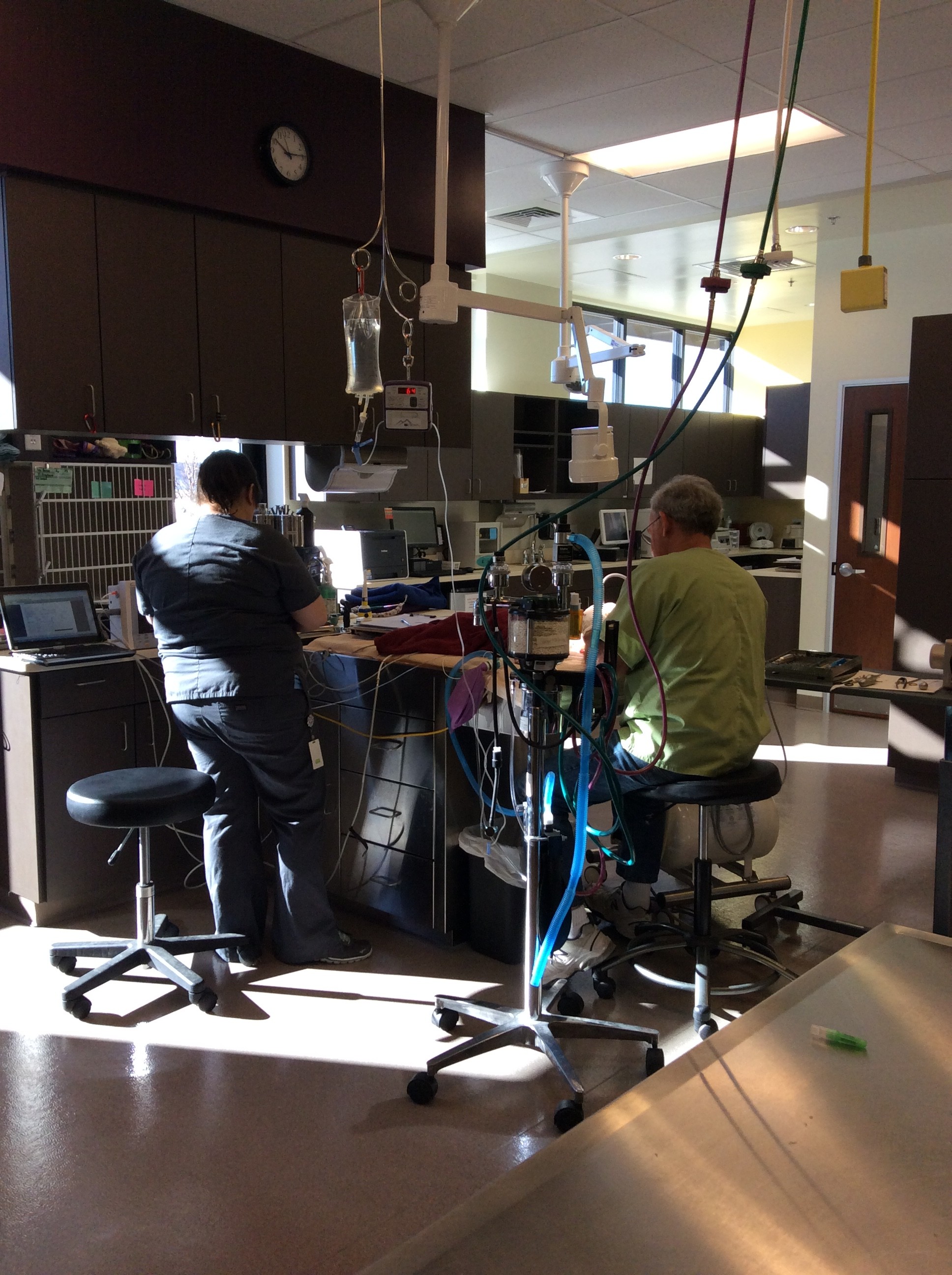It’s can be easy to overlook the importance of a healthy mouth, to not even think about it until a problem arises with a pet in the form of a broken tooth or stinky breath, known as halitosis. But, for the overall health of their pets, dental care is something every owner would be wise to consider before problems become evident.
Periodontal disease is a preventable but potentially serious problem for animals. In fact, it’s estimated that by the age of three, most pets will have some form of periodontal disease. More importantly, the damage caused by plaque and gingivitis isn’t limited to only teeth and gums, but can actually affect the entire body, leading to heart disease, diabetes, inflammation, kidney disease, bladder infection and lung disease. Senior animals and those that already have hypothyroidism, Cushing’s disease or compromised immune systems, such as cats with feline leukemia or Feline Immunodeficiency Virus (FIV), are at an even higher risk of health complications due to the bacteria in their mouths when dental disease is present.
The American Veterinary Medical Association (AVMA) recommends that regular check ups with your vet include an exam of the mouth. If you see any of the following signs (which are an indication that dental disease is already present), take your pet to the vet right away:
-
 Red swollen gums and brownish teeth.
Red swollen gums and brownish teeth. -
Bad breath—Most pets have breath that is less than fresh, but if it becomes truly repugnant, similar to the smell of rotten eggs, it’s a sign that periodontal disease has already started.
-
Bleeding from the mouth.
-
Frequent pawing or rubbing at the face and/or mouth.
-
Reluctance to eat hard foods—for example, picking it up and then spitting it out.
February is National Pet Dental Health Month. Have you checked in your pet’s mouth lately?
~Jane, January 2015


